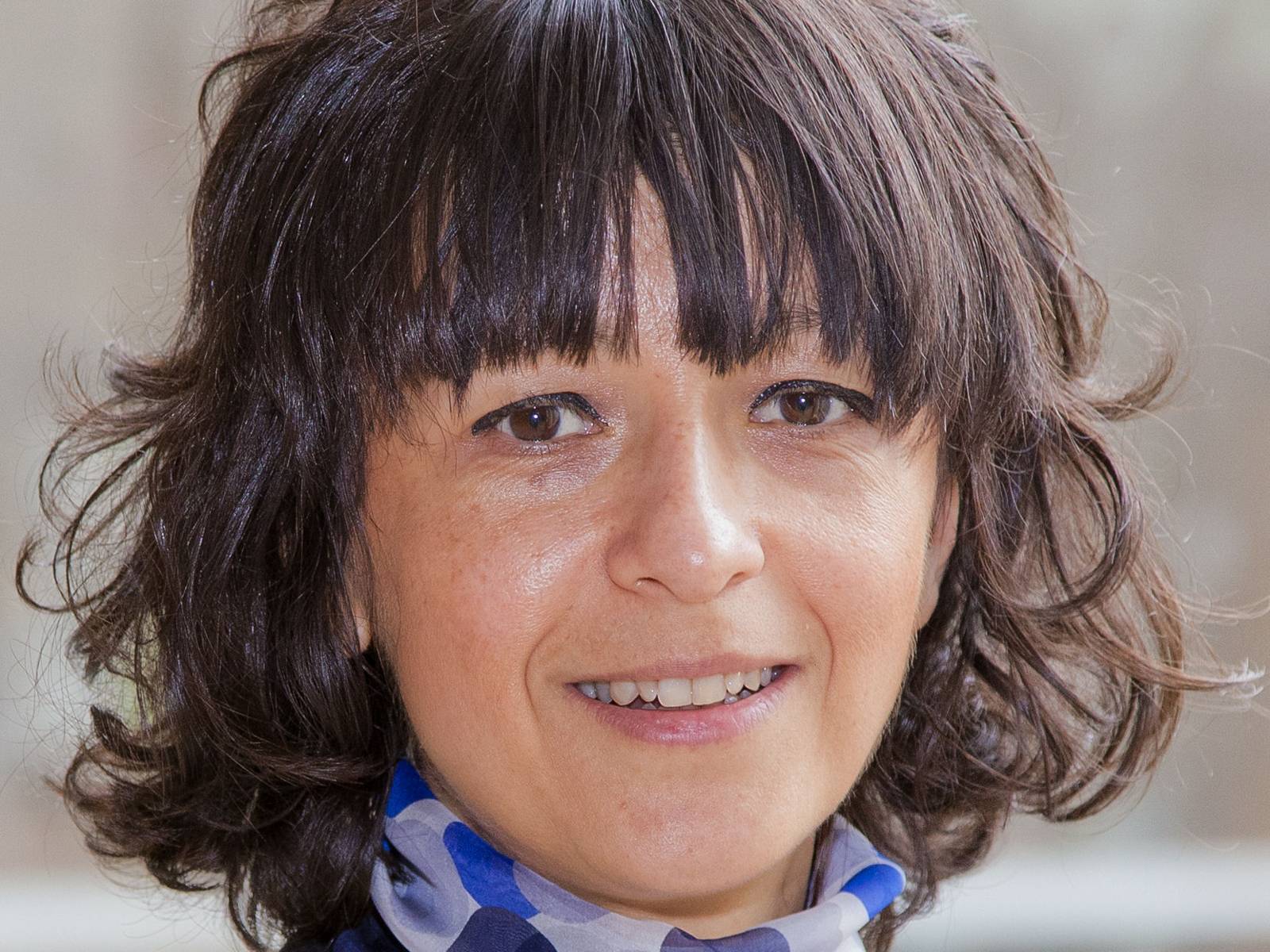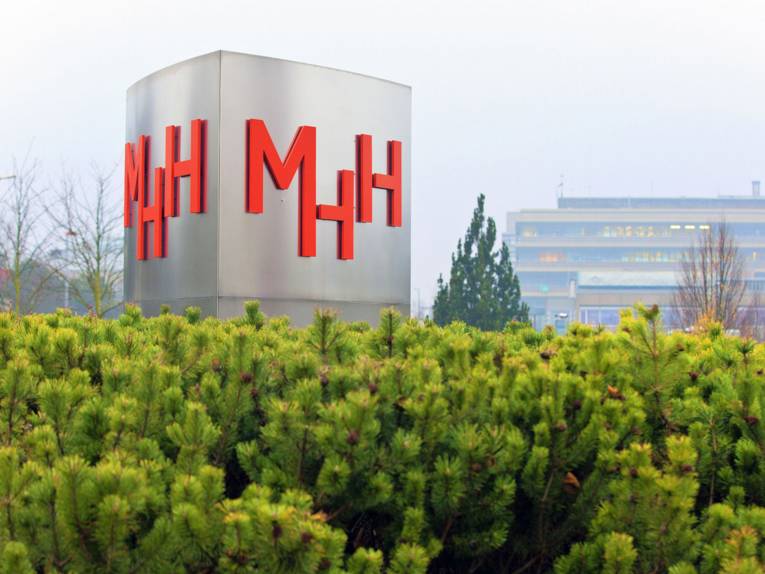It was announced in Sweden today that Emmanuelle Charpentier, formerly a professor at Hannover Medical School (MHH), and Jennifer Doudna of the University of California are the winners of this year’s Nobel Prize in Chemistry. They are due to receive the prize – the highest accolade in their discipline, awarded for developing the CRISPR/Cas9 method – in Stockholm on 10 December. The two researchers jointly discovered and developed this multipurpose technology for editing genomes with pinpoint accuracy. "This breakthrough has very rapidly led to significant advances being made worldwide, both in basic research and in development of treatment applications,” emphasizes MHH’s president, Professor Michael Manns. "My congratulations go to both researchers for getting their work recognized in such a fantastic way.”
The CRISPR-Cas9 system
Even a slight change to the make-up of a gene can result in essential proteins losing their intrinsic function and serious diseases developing – from hereditary conditions such as cystic fibrosis to cancer. One promising solution in the treatment of such diseases is the CRISPR-Cas9 system, a tool which enables the targeted deactivation, or correction, of defective genes. Professor Manns is convinced that, as he says, "The potential of this discovery has still by no means been exhausted.”
Functional molecular scissors
The CRISPR-Cas9 system was originally reported as being an adaptive immune response in bacteria. These microorganisms use it to ward off viral attacks. It was in 2011 that Dr Charpentier’s lab identified an integral part of the CRISPR-Cas9 system, known as tracrRNA. The year after that, Charpentier, in conjunction with her collaborative partners, was able to describe how the three key components of the system – the Cas9 enzyme and the two guide RNAs called crRNA and tracrRNA – work together. They form the functional molecular scissors that cleave the DNA at a specific, targeted site within the genome.
A wide range of applications
These findings were published by the journal Science in 2012. In the same paper, they were able to demonstrate how the system can be changed, with special RNA templates enabling any desired sequence within the genome to be altered. These fundamental discoveries meant the technology could subsequently be used in many different scientific disciplines. CRISPR-Cas9 is now used both as a research tool and in the development of novel therapeutic approaches for people with severe medical conditions.
Emmanuelle Charpentier
Emmanuelle Charpentier is a multiple award-winning French microbiologist who worked in the US and Austria before developing this technology at Umeå University in Sweden. A Humboldt Professor, she was at MHH between 2013 and the end of 2015, also doing scientific work at the Helmholtz Centre for Infection Research (HZI) in Braunschweig until 30 September 2015. Charpentier has been based at the Max Planck Society since 1 October 2015, where she has since 2018 been the founding director at the Unit for the Science of Pathogens.
(Published on 7 October 2020)
 Deutsch
Deutsch
 English
English
 中文
中文
 Danish
Danish
 Eesti
Eesti
 Español
Español
 Suomi
Suomi
 Français
Français
 Italiano
Italiano
 日本語
日本語
 한국
한국
 Nederlands
Nederlands
 Norge
Norge
 Polski
Polski
 Portugues
Portugues
 Русский
Русский
 Svenska
Svenska
 Türkçe
Türkçe
 العربية
العربية
 Romanesc
Romanesc
 български
български
 © HZI
© HZI  © Karin Kaiser/MHH
© Karin Kaiser/MHH